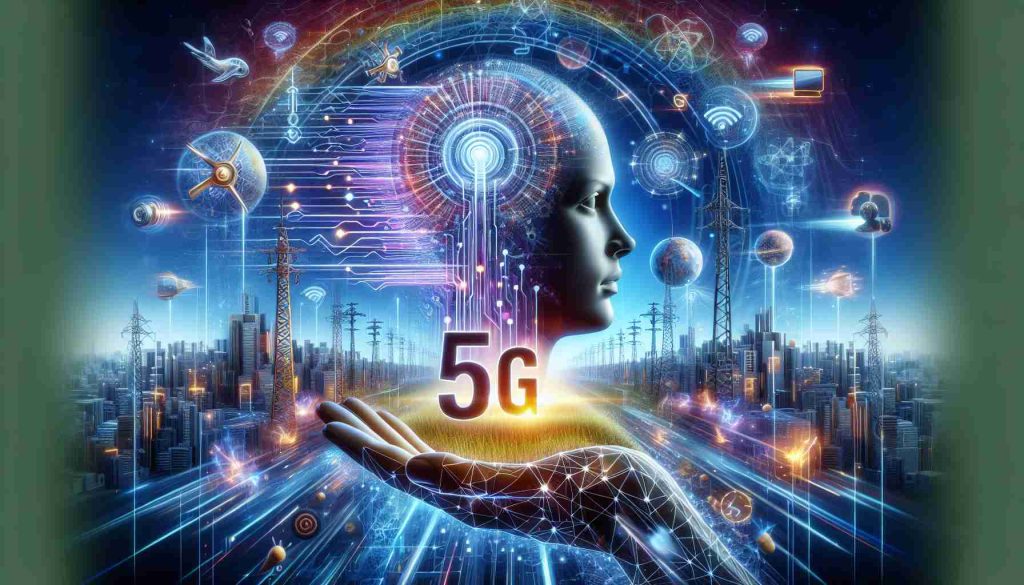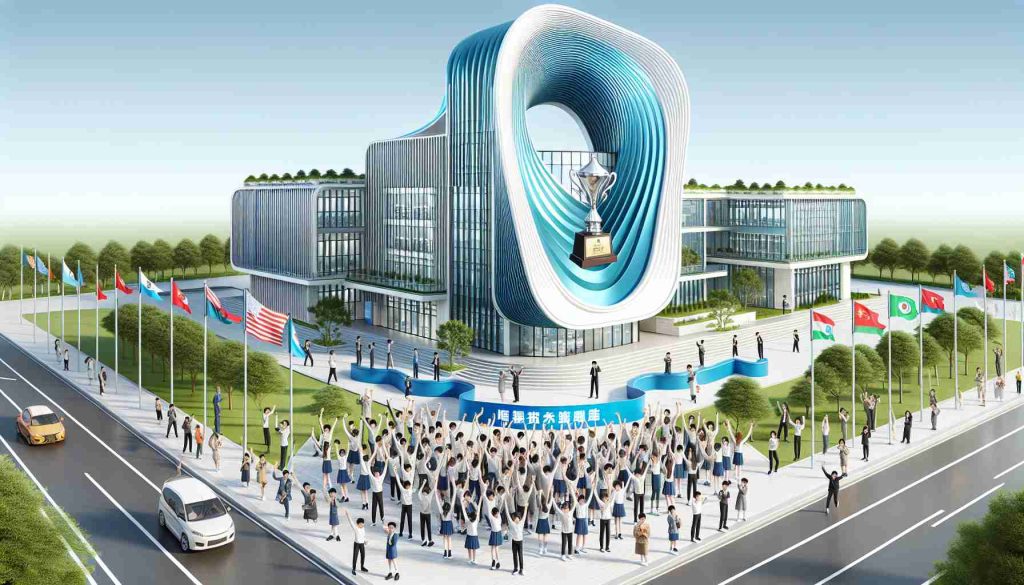The revolutionizing force of the Internet of Things (IoT) is transforming urban landscapes like never before. Initially confined to personal gadgets, IoT technology has ventured into cities, fostering the evolution of “smart cities”—urban environments where everything is interconnected.
Imagine a city where your commute is seamless, energy consumption is optimized, and public services are more responsive to your needs. These advancements are largely driven by the lightning-fast capabilities of 5G, which supports a dense network of devices exchanging crucial data. Companies, such as Air5, are pioneering this integration, ensuring cities can embrace their potential as tech-enabled ecosystems.
The application of IoT in urban settings enhances various services, including intelligent traffic solutions that ease congestion, smart grids that adjust energy usage in real time, and advanced surveillance systems that bolster safety. However, building these interconnected urban environments isn’t without its hurdles.
Cities face significant challenges—enormous data management needs, outdated infrastructures, and cybersecurity threats. As more devices come online, protecting these systems becomes a critical priority. Leadership in this transformative space is essential; leaders like Glenn Lurie are guiding initiatives to bridge the gap between traditional systems and innovative technologies.
The future of our cities depends on how efficiently we harness IoT and 5G technologies to create connected environments that prioritize public well-being and sustainability. Are we prepared to take this leap into the digital age?
Embracing the Future: Tips and Hacks for Navigating the Smart City Revolution
As urban environments evolve into smart cities powered by the Internet of Things (IoT), it’s essential to equip ourselves with tips and life hacks to fully benefit from this technological transformation. Here are some practical suggestions and interesting facts to help you navigate this new urban landscape efficiently.
1. Optimize Your Commute with Smart Navigation Apps
Using IoT-driven navigation applications can significantly reduce your travel time. Apps like Google Maps or Waze utilize real-time data to offer the fastest routes, taking into account traffic conditions, accidents, and even road constructions. Ensure you have these apps updated to maximize your commuting efficiency.
2. Save Energy with Smart Home Devices
In a smart city, you can control multiple home devices remotely. Invest in smart thermostats, lights, and security systems that automatically adjust based on your habits. These devices not only conserve energy but also enhance your home’s security and convenience. Look for compatible options that work with your existing home infrastructure.
3. Stay Informed with Community Alerts
Many cities using IoT technology offer community alert systems that keep citizens informed about important issues, such as weather changes, public transportation updates, and road closures. Sign up for these notifications through your city’s official website to stay one step ahead.
4. Engage with Local Government Through Apps
Smart city initiatives often have mobile applications that allow residents to report issues like potholes or streetlight malfunctions. Use these platforms to engage with your local government, fostering a sense of community involvement while helping improve your neighborhood.
5. Understand Data Privacy and Security
As smart cities rely heavily on data, be aware of the privacy implications. Utilize strong passwords, enable two-factor authentication, and regularly review the permissions granted to smart devices. Being proactive about your data security can help protect your personal information as you embrace IoT technologies.
6. Discover Sustainability Initiatives
Smart cities often focus on sustainability. Find out which local initiatives support green efforts, such as recycling programs, urban gardening, or renewable energy sources. Engaging in these activities not only supports the environment but also connects you with like-minded individuals in your community.
Interesting Fact: The Carbon Footprint Reduction
According to studies, smart cities can help reduce carbon emissions by up to 30% due to improved efficiencies in traffic management and energy use. This reduction contributes to healthier urban environments and supports global climate goals.
As we move deeper into the era of smart cities driven by IoT and 5G technologies, it is crucial to embrace these advancements while remaining mindful of our data and environmental responsibilities. For more insights into the intersection of technology and urban living, visit IoT Evolution.
By proactively engaging with the capabilities of smart urban environments, we can improve our quality of life and contribute to a thriving future. Welcome to the age of interconnected cities!























